Is paid influencer marketing ethical in the event industry?
Is paid influencer marketing ethical in the meeting industry?
Paid influencer marketing is spreading to the event industry, and I doubt that it’s an ethical practice.
I receive a voice mail
Last week I received the following voice mail (identifying details bleeped; transcript below.)
“Hi Adrian, my name is _____, I work for an influence marketing agency _____, and I’m reaching out to you this afternoon about an opportunity with _____, who is one of our clients, and I know you are an influencer in the meeting/event/conference planning sphere which is the focus of this campaign with _____ and we’re just hoping to have you involved in this campaign: involves a blog post, some social posting, hopefully a visit to the property with a bit of filming. If you’re interested in more details I would love to chat with you; my phone number is _____. Thanks, and looking forward to talking to you soon; bye bye.”
I quickly learned that the agency called other event professionals with the same pitch. One of them, whom I’ll call InfluentialEventProf, forwarded me an email with more details of how the “opportunity” would work (identifying details replaced with generic terms):
An email pitch
From: [email protected]
To: [email protected]
Sent: 9/8/2016
Subj: Paid Campaign Opportunity: Complimentary Stay at Property ZHi InfluentialEventProf,
Hope this note finds you very well! Brand X’s Property in Somewhere, USA is a client of ours, and I am working on an influencer campaign to help promote Property Z’s event spaces as ideal venues for conferences and corporate meetings. Brand X would love to have you–a known industry expert on event/meeting planning–involved in this campaign!
We are inviting you to come for a complimentary stay to experience Property Z during a major Industry Sector S conference during TheseDates. Brand X would like you to review the visit and conference experience on your company’s blog and promote Property Z on social media. To give you a general idea of the campaign’s scope, here are some details regarding the influencer package and campaign components:
Influencer package:
One or two (1-2) complimentary nights at Property Z (dependent on your availability)
One (1) complimentary breakfast
One (1) complimentary dinner
$500 compensation
Complimentary parking
Campaign components:
One (1) post-stay blog post highlighting the Property Z as a venue for corporate conferences/meetings/events. Ideally, this blog post would be published both on your company’s blog and on your Linkedin page.
Two (2) real-time Twitter photo posts during your stay
Two (2) post-stay Twitter photo posts
(Use the hashtags of {3 PropertyZHashtags}, and any Property Z social channel handles on all relevant content.)
Would you be interested in participating? If so, I can send you more detailed information regarding these campaign components.
We are really hoping to work with you!
All the best,
YYY
Paid influencer marketing
This is classic paid influencer marketing via social media, a rapidly growing marketing trend since 2014. Celebrities receive big bucks to casually introduce positive experiences of brands into their social media feeds. Now sponsors ask event industry influencers to do the same thing.
Will Brand X require all resulting social media posts by InfluentialEventProf to include the word “Sponsored”? (Does “Sponsored” even fit into the resulting tweets?) Will the post-stay blog post include the information that Brand X paid for the stay and meals and that Brand X paid the InfluentialEventProf a fee?
Even if InfluentialEventProf provides all this information, there is plenty of research that shows that such paid marketing biases influencers to be more positive about their review than they would have been otherwise. (See, for example: High bias found in Amazon reviews of low-cost or free samples, where the provision of free or low-cost products boosted ratings from the 54th percentile to the 94th percentile!)
So, is paid influencer marketing ethical?
I think such practices are ethically questionable. The CMP Standards of Ethical Conduct Statement and Policy includes the pledge “Never use my position for undue personal gain and to promptly disclose to appropriate parties all potential and actual conflicts of interest“, and I’d argue that what is being offered here is “undue personal gain”. In addition, any employee event professional should review their employer’s ethics policy. And consider these questions to0:
- “In what way could you justify participation to your employer?”
- “In what way could you justify participation to your clients?”
- “Are there ways that this participation could influence site selection?”
What do you think?
[My thanks to InfluentialEventProf for permission given to reproduce the above email, and for suggestions that improved this post.]


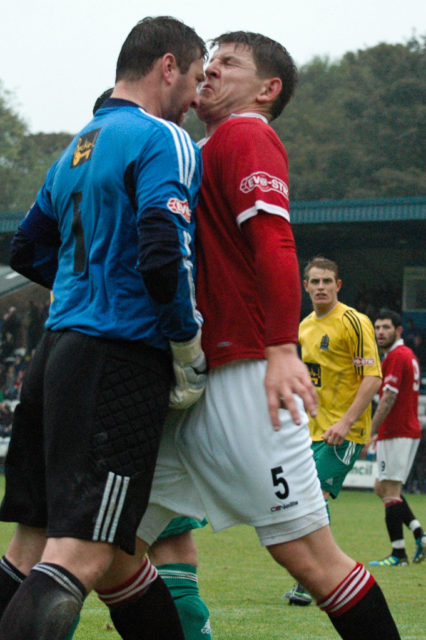 Ever experienced a collision of agreements?
Ever experienced a collision of agreements?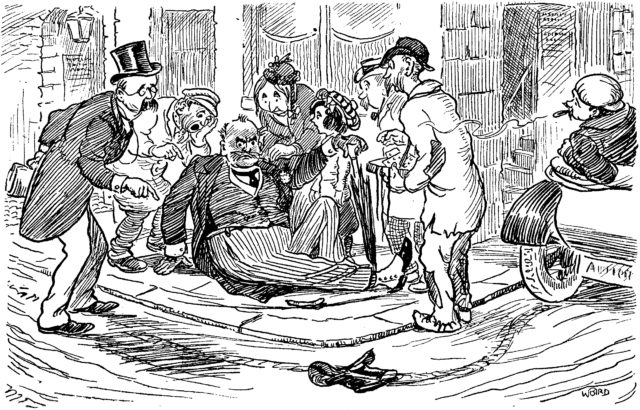
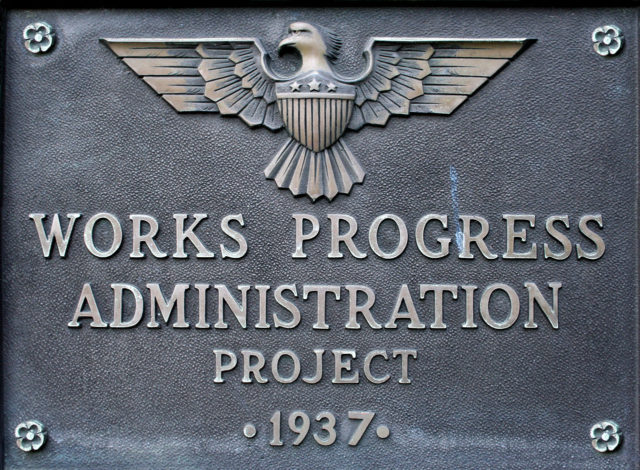 How can we get better at doing anything?
How can we get better at doing anything?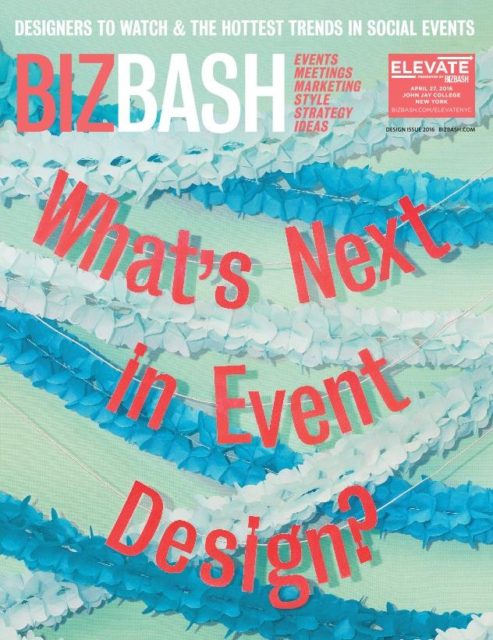
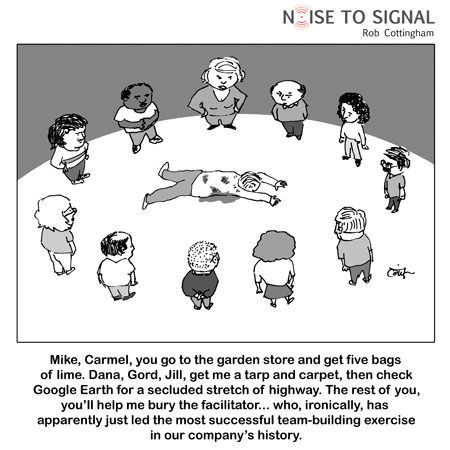
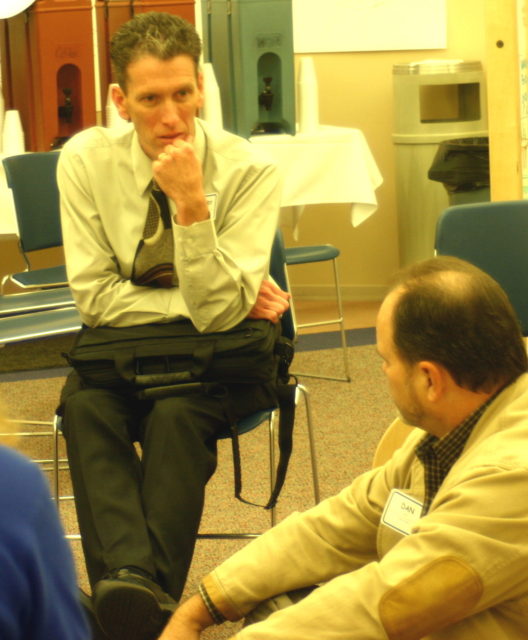 Perhaps you’re wondering: What’s the connection between facilitation, rapt attention, and love?
Perhaps you’re wondering: What’s the connection between facilitation, rapt attention, and love?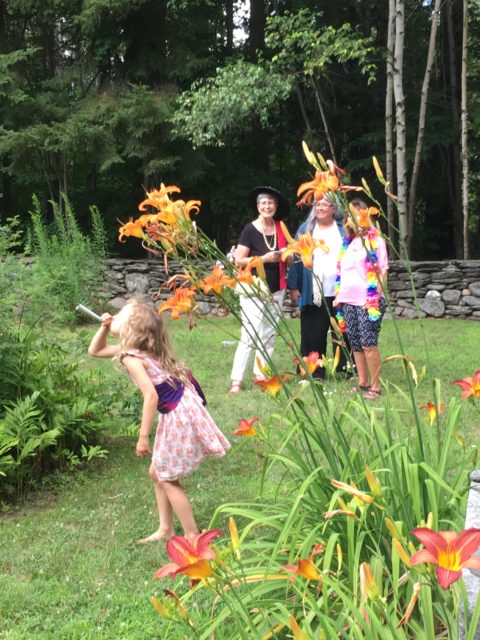

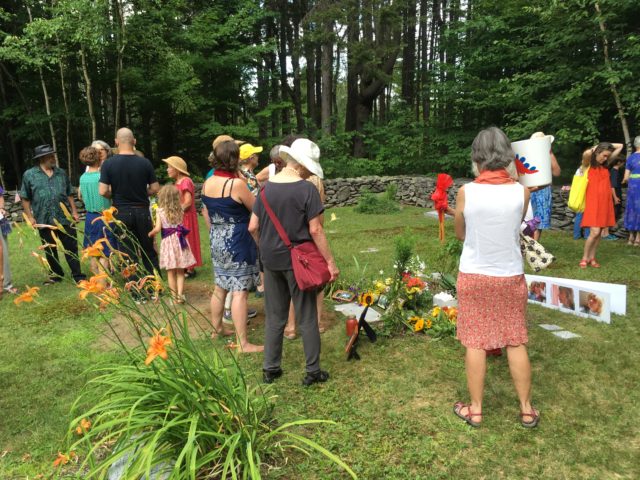
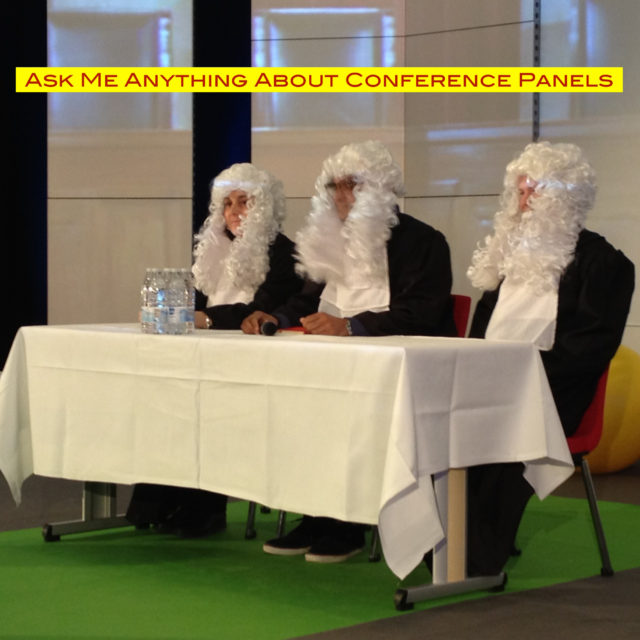 Do you dread having to listen to one more boring panel? Have you been asked be a panel moderate or panelist, and wonder what to do? Do you want to learn how to make conference panels much, much better?
Do you dread having to listen to one more boring panel? Have you been asked be a panel moderate or panelist, and wonder what to do? Do you want to learn how to make conference panels much, much better?